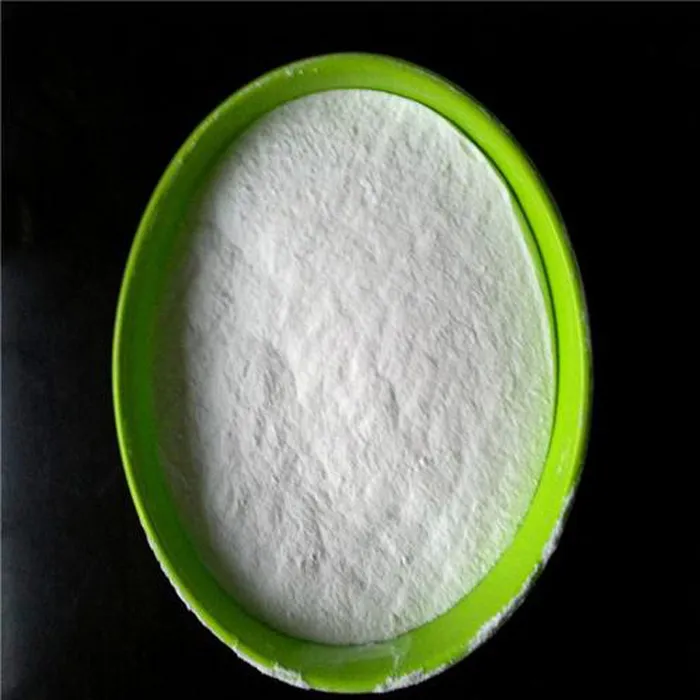Pentoxifylline 400 mg Tablet A Comprehensive Overview
Pentoxifylline is a medication primarily used to improve blood flow in patients suffering from conditions related to poor circulation. Its efficacy in treating peripheral vascular diseases, particularly intermittent claudication, has garnered significant attention from the medical community. Available in various formulations, pentoxifylline is often administered in a 400 mg tablet form, which is widely prescribed due to its favorable pharmacokinetics and ease of administration.
Mechanism of Action
Pentoxifylline belongs to a class of drugs known as xanthine derivatives. It works by decreasing blood viscosity and increasing erythrocyte flexibility. These actions enhance microcirculation and improve tissue oxygenation. The mechanism by which pentoxifylline exerts its therapeutic effects includes inhibiting phosphodiesterase, leading to increased levels of cyclic adenosine monophosphate (cAMP). This cascade of biochemical events results in the relaxation of vascular smooth muscle and subsequent vasodilation, which is crucial for improving blood flow in compromised regions.
Indications
The primary indication for pentoxifylline 400 mg tablets is in the management of intermittent claudication connected to peripheral artery disease (PAD). Patients with PAD often experience pain and cramping in their legs during physical activities due to inadequate blood flow. Pentoxifylline can alleviate these symptoms, allowing individuals to engage in daily activities with less discomfort.
Other potential indications include the treatment of diabetic foot ulcers and other chronic wounds, as improved circulation can promote healing. Some practitioners also consider pentoxifylline for treating conditions like venous ulcers and thromboembolic diseases, although the evidence base for these uses is less robust.
Dosage and Administration
pentoxifylline 400 mg tab

For adults, the usual dose of pentoxifylline is 400 mg taken orally three times daily with meals to enhance absorption and minimize gastrointestinal side effects. It is essential for patients to adhere to the prescribed regimen and not exceed the recommended dosage to avoid adverse effects. Adjustments may be required for patients with renal impairment, and pentoxifylline should be used cautiously in individuals with a history of bleeding disorders.
Side Effects
While pentoxifylline is generally well tolerated, it is not devoid of side effects. Common side effects include gastrointestinal issues such as nausea, vomiting, dyspepsia, and diarrhea. Patients may also experience dizziness, headache, and flushing. In rare cases, more severe adverse effects can occur, including atrial fibrillation and significant bleeding complications, especially in patients taking anticoagulants. It is crucial to monitor patients for signs of hypersensitivity reactions or severe side effects, as immediate medical intervention may be necessary.
Contraindications and Precautions
Pentoxifylline is contraindicated in individuals with a known hypersensitivity to the drug or any of its components. Moreover, caution is advised for patients with a history of arrhythmias, congestive heart failure, or concurrent use of anticoagulants, as the risk of bleeding may be increased. Pregnant and breastfeeding women should also consult their healthcare provider before starting pentoxifylline, as its safety in these populations has not been fully established.
Conclusion
Pentoxifylline 400 mg tablets represent an essential therapeutic option for individuals with peripheral vascular diseases, particularly those suffering from intermittent claudication. By enhancing blood flow and improving tissue oxygenation, this medication can significantly improve patients' quality of life. However, like all medications, proper usage, awareness of potential side effects, and adherence to guidelines are critical to ensure safety and efficacy. Patients should engage in open communication with their healthcare providers to optimize their treatment plans and maintain overall health.

